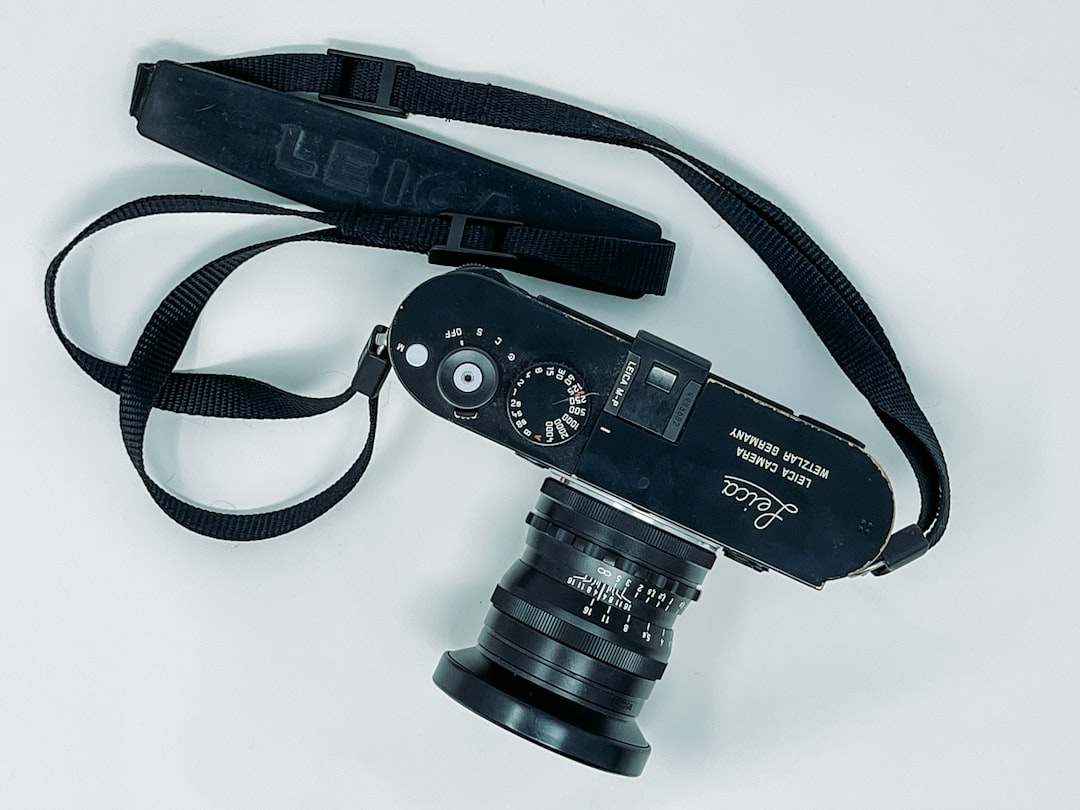Webcam Buyer’s Guide 2025: Resolution, Autofocus, and Mics
As virtual meetings, live streaming, remote working, and online education continue to dominate the digital landscape in 2025, the demand for high-performance webcams has never been greater. Whether you’re a professional, content creator, or remote worker, investing in the right webcam can significantly improve your video presence. However, with the explosion of options on the market, choosing the right webcam can be daunting. This guide will give you a trustworthy, professional deep dive into what actually matters—resolution, autofocus, and microphones.
Understanding Webcam Resolution: What You Really Need
Resolution is often the first specification people look at when purchasing a webcam. While it’s an important metric, understanding your specific use-case and context is essential before jumping to a 4K model.
- 720p (HD): Once the standard, webcams with 720p resolution are now largely seen as entry-level. They may suffice for casual video chats, but the lack of sharpness and clarity shows up fast, especially on larger monitors.
- 1080p (Full HD): The sweet spot for most users. Delivers crisp video quality for work meetings, online classes, and streaming without needing a significant bandwidth increase. Most professional users prefer 1080p for a balance of quality and performance.
- 4K (Ultra HD): Ideal for high-end content creators, streamers, and professionals who work in media production. Offers unparalleled detail but requires more computing power and internet speed. Not all platforms support 4K streaming, so consider future-proofing versus real-time utility.

It’s important to match your resolution with a sufficient frame rate. A 1080p webcam at 60 fps (frames per second) will look much smoother and more natural than one capped at 30 fps, especially during movement.
Autofocus Systems: Keeping You in Sharp View
Your webcam’s ability to maintain a clean, sharp image greatly depends on its autofocus system. Autofocus ensures that you remain in focus as you move, lean forward, or hold up objects to the camera.
There are usually three types of autofocus systems in webcams:
- Fixed Focus: These webcams have no focus adjustments. Objects placed outside their preset range will appear blurry. They are often found in budget models.
- Standard Autofocus: A motor adjusts the lens based on where movement is detected. This type is common in mid-range webcams and performs adequately under typical lighting conditions.
- AI-Powered Autofocus: In 2025, many premium models incorporate AI-based systems that can detect human faces and motion with improved accuracy. These systems track your face autonomously and make lens adjustments even with multiple subjects or variable lighting conditions.
In remote work scenarios or live presentations where you may move frequently or show documents or objects, having a faster and more accurate autofocus system is indispensable. Look for autofocus response time in milliseconds if available; faster is usually better.
Don’t forget low-light performance. Even an advanced autofocus system will struggle if your webcam’s sensor can’t handle less-than-ideal lighting. Consider models that include HDR (High Dynamic Range) features, which maintain clarity and contrast across various lighting scenarios.
Built-in Microphones: Don’t Overlook Audio Quality
While video is the star of the show, audio quality can make or break your experience. Fortunately, modern webcams in 2025 come with increasingly sophisticated microphone systems. Still, not all are created equal.
When evaluating microphone quality, consider the following attributes:
- Stereo vs Mono: Stereo microphones provide a more immersive and spatially accurate audio experience. Mono mics, though sufficient in many situations, can sound flat or distant.
- Noise Reduction: Look for noise-filtering capabilities that block out background sounds such as fans, typing, or street noise. AI-enhanced noise cancellation is becoming more common in mid to high-end models.
- Beamforming Microphones: Premium webcams may include beamforming technology, where the mic array focuses on your voice and suppresses sounds from other directions. It’s perfect for open-office environments or home setups with multiple audio sources.
For professional-grade audio, however, many users still recommend using a dedicated USB microphone or headset. Built-in mics can handle casual and semi-professional calls, but for podcasting or live broadcasts, standalone audio gear remains superior.
Other Essential Features to Consider
While resolution, autofocus, and microphones are the core considerations, several other features should influence your purchase decision:
- Field of View (FOV): Varies from 60° to 120°. A wider FOV is useful for group calls or showing more of your surroundings, while a narrower FOV is ideal for personal focus.
- Privacy Shutter: A physical cover prevents unintentional video capture and protects your privacy.
- Mounting Options: Check if the webcam clips securely to your monitor or includes a tripod mount for additional stability and flexibility.
- Software Add-ons: Many modern webcams come with proprietary software for background blur, low-light correction, auto-framing, and filter applications.
- Compatibility: Ensure the webcam works seamlessly with your operating system and conferencing software. Plug-and-play USB-C models are becoming standard in 2025.

Best Use Cases and Recommendations
Let’s consider specific use cases and the types of webcams best suited to each:
- Remote Work and Business Meetings: Look for 1080p resolution, dual mics with noise cancellation, and AI-powered autofocus. Logitech, Anker, and Dell all produce excellent options here.
- Content Creation and Streaming: Choose a 4K webcam with high frame rate (60 fps), a wide FOV, beamforming mics, and good low-light performance. Brands like Elgato, Razer, and Sony are standouts in this category.
- Casual Personal Use: A solid 720p or 1080p webcam with basic autofocus and a mono mic will suffice. These can be found affordably from brands like Creative and Nexigo.
Trusted Brands to Watch in 2025
The following brands have a strong track record and continue to innovate in webcam technology:
- Logitech: Known for reliable build quality, intuitive software, and broad compatibility.
- Elgato: Targeted toward streamers and content creators, Elgato webcams offer premium specs and integrations with streaming gear.
- Razer: Offers colorful, RGB-lit webcams with gamer-centric features.
- Anker: Breaking into the webcam market with AI-driven autofocus and excellent audio hardware.
- Sony and Canon: Entering the premium space with DSLR-quality sensors packed into compact webcam designs.
Final Thoughts: Invest in Clarity, Stability, and Function
In a world that’s increasingly connected through a screen, your image and sound quality matter more than ever. A webcam is no longer a simple accessory — it’s a vital element of your professional and digital life. Choosing the right model means understanding your needs and balancing core specifications like resolution, autofocus, and microphone quality with features that enhance reliability and user experience.
Approach your webcam purchase as you would any productivity tool. A slightly higher investment in the right device can deliver immense returns in credibility, communication, and comfort. By focusing on proven technologies and reputable brands, you’ll ensure your online presence in 2025 remains crystal clear and confident.


